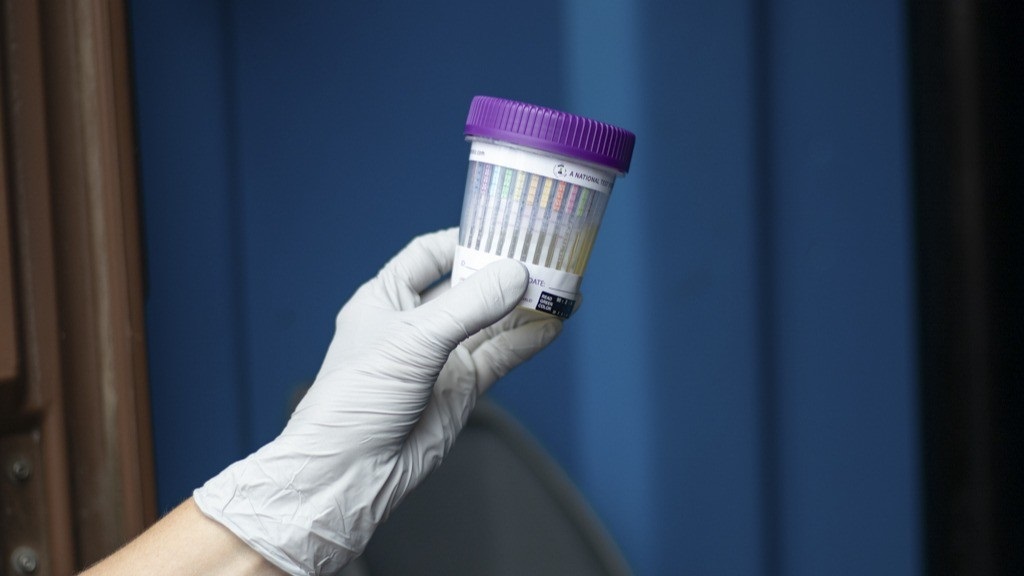The 5 panel drug test is one of the most used screening methods. It checks for common substances that can affect performance and safety. It is used by employers and legal agencies. It can also be used in medical settings. This test helps identify drug use through biological samples. It is simple easy and reliable. It can detect both recent and past usage. Understanding its process and meaning can help reduce confusion. It also supports a safer and healthier environment.
Substances Detected in the Test
The test looks for five major types of drugs. These usually include marijuana cocaine amphetamines opiates and phencyclidine. Each of these substances affects the body in a unique way. The results show if any are present in the system. It gives a clear picture of recent drug activity. Small traces can stay in the body for several days. Detection times vary for each drug. The test ensures fair and consistent examination for every subject.
Sample Collection and Handling Process
The most common sample type used is urine. Collection happens in a private and controlled space. The sample is sealed after collection to prevent tampering. It is then sent to a certified laboratory for testing. Professionals handle the process with strict care. The chain of custody is recorded from start to finish. This ensures trust in the results. Proper handling avoids any mix up or contamination. It keeps the process transparent and credible for every individual tested.
Understanding Test Accuracy and Results
The test is designed to be accurate and dependable. Positive results mean the presence of certain drugs. Negative results show no drugs detected at that time. Sometimes results need confirmation through advanced methods. Laboratories use specialized testing to verify doubtful outcomes. This step reduces false positives or negatives. The goal is to ensure a fair and factual result. Every tested sample goes through precise analysis and review. Accuracy remains the foundation of a trustworthy screening process.
Applications and Importance in Modern Use
This test has wide and practical applications today. Employers use it to maintain safe workplaces. Schools and organizations adopt it to support healthy environments. Legal systems rely on it to ensure accountability. Medical centers use it to monitor recovery or treatment. The test builds mutual trust in professional and social settings. It also helps identify potential risks early. Regular screening promotes awareness and responsibility. It has become an essential tool for a safe and ethical community.






More Stories
Integrating Automation and Storage for A Seamless Industrial Workflow
Unlocking the Potential of Technology in Supply Chains
Reducing Waste in Construction: Strategies for a Sustainable Future